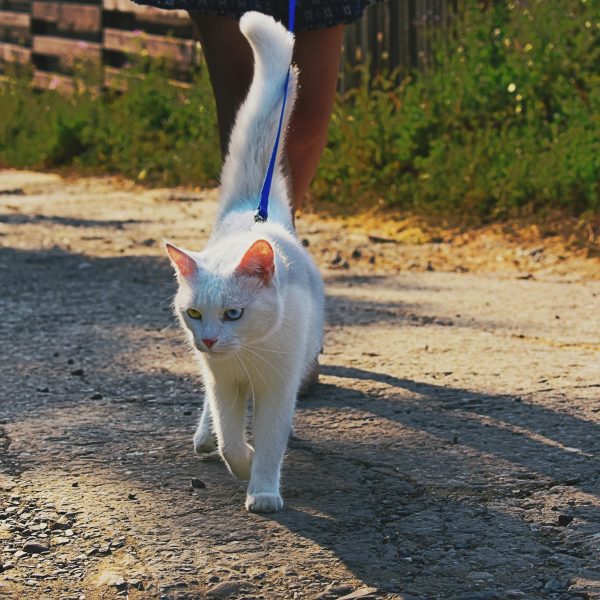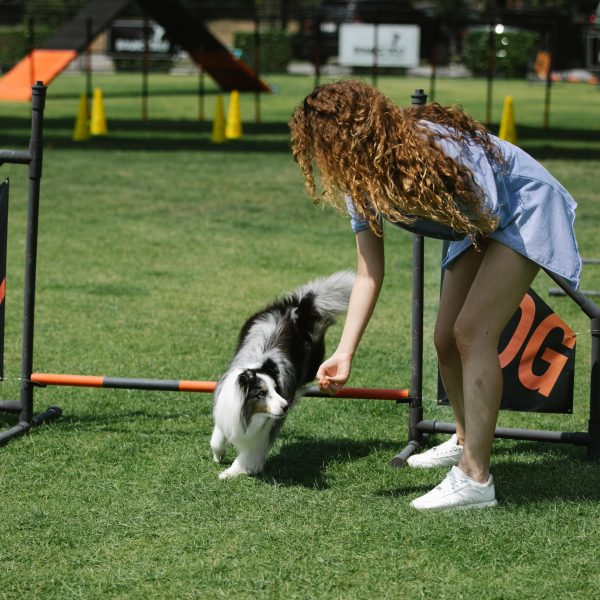Many dog owners believe that obedience training is most effective when started at a young age, with puppies being much more receptive to training. However, even older dogs can learn new tricks and behaviors. In fact, it is not only possible but also rewarding to obedience train an older dog. This process can reinforce your bond with your pet and improve the overall quality of his life.
Understanding the Benefits of Training an Older Dog
Training an older dog is somewhat different from training a puppy. Older dogs have developed behaviors and habits, some of which may be undesirable. However, life experience can make them more attentive and easier to train in certain areas. Obedience training provides mental stimulation, which is particularly important for senior dogs, whose physical activity is often lower. It keeps their minds sharp, reduces anxiety, and can sometimes be used to address behavioral problems that have developed over time.
Training can also remedy some persistent behavioral issues. For example, if your dog pulls on a leash, jumps on guests, or shows aggression towards other animals, specific training can eliminate these habits, making your dog’s life—and yours—much easier.
Tips for Successful Training
Be Patient and Consistent: Older dogs may take more time to understand new commands, requiring extra patience. Repeat commands so they can comprehend what is expected of them through consistent routines. Keep training sessions short and positive, focusing on one command or behavior at a time.
Positive Reinforcement: Like puppies, one of the best ways to teach older dogs is through positive reinforcement. Once they perform a particular command, immediately reward them with their favorite treats, praise, or toys. This will help them understand what they did right, making learning easier.
Accommodate Physical Limitations: Older dogs may have physical limitations that need to be considered during training. If your dog has arthritis or other health issues, modify activities to suit their comfort. For example, instead of requiring your dog to sit or lie down, you may want to teach him commands that he can respond to while standing.
The basic commands include “sit,” “stay,” “come,” and “down,” which are fundamental to good behavior. It’s never too early or too late to teach these to your dog. Once he knows these well, you can proceed with more complicated tricks if necessary.
Engage with Mental Exercises: Mental stimulation is essential for older dogs. Puzzle toys, scent games, and other interactive challenges can keep your dog engaged and mentally active.
Consult a Professional Trainer if Needed: If your dog has deeply ingrained behavioral issues or if you’re struggling with training, consider enlisting the help of a professional dog trainer. A trainer with experience working with older dogs can provide valuable insights and customized strategies to address specific challenges.
Embracing the Journey
Obedience training for older dogs not only teaches new behaviors but also strengthens your relationship with your pet and enhances their quality of life. While patience and persistence may be part of the process, the rewards are well worth the effort. By taking the time to train your older dog, you open up new opportunities for them to learn, grow, and thrive during their golden years. Remember, it’s never too late to teach an old dog new tricks!








